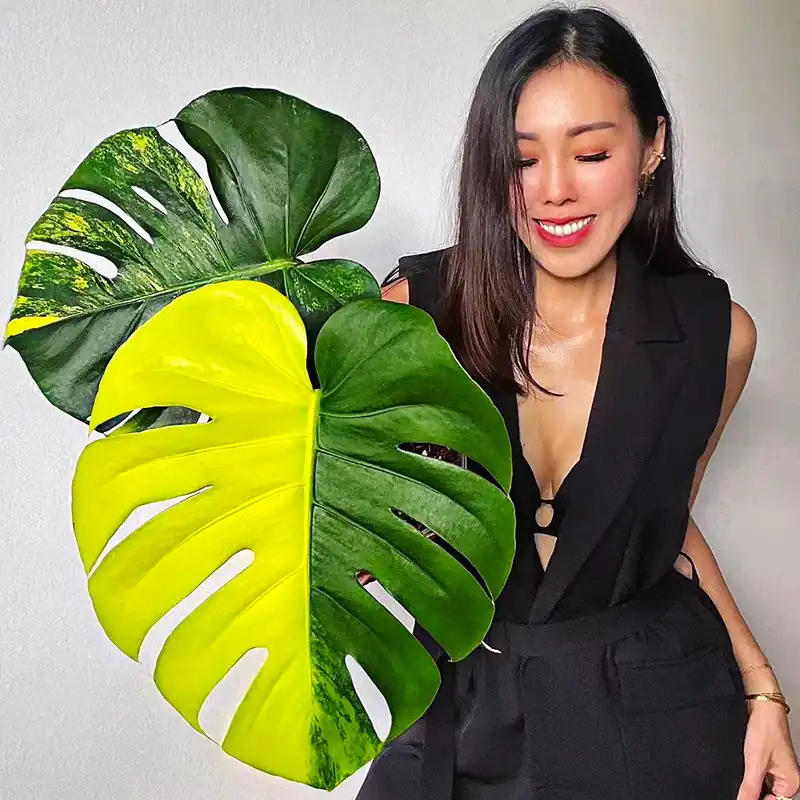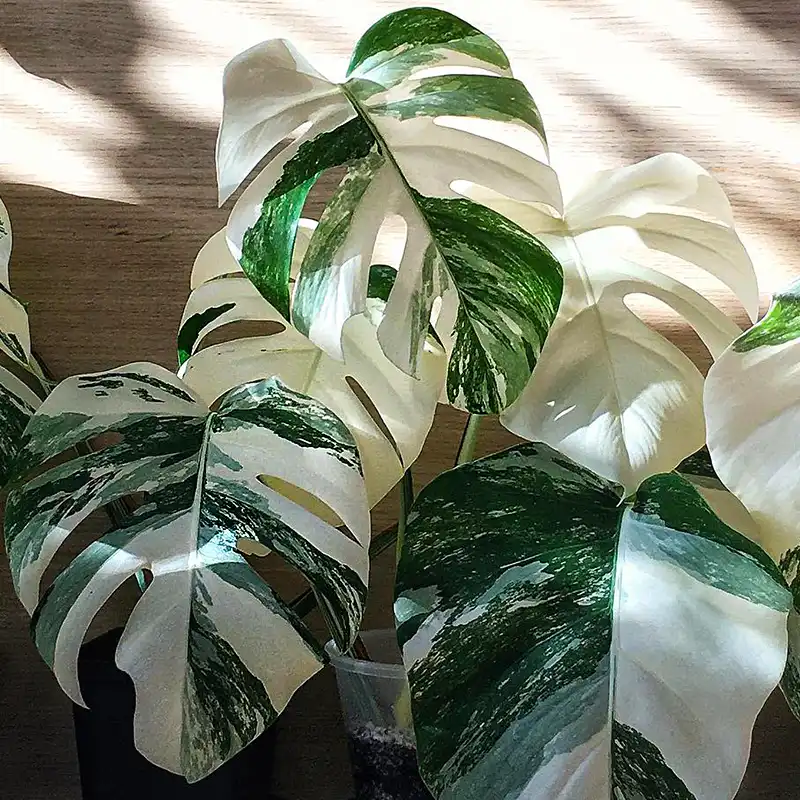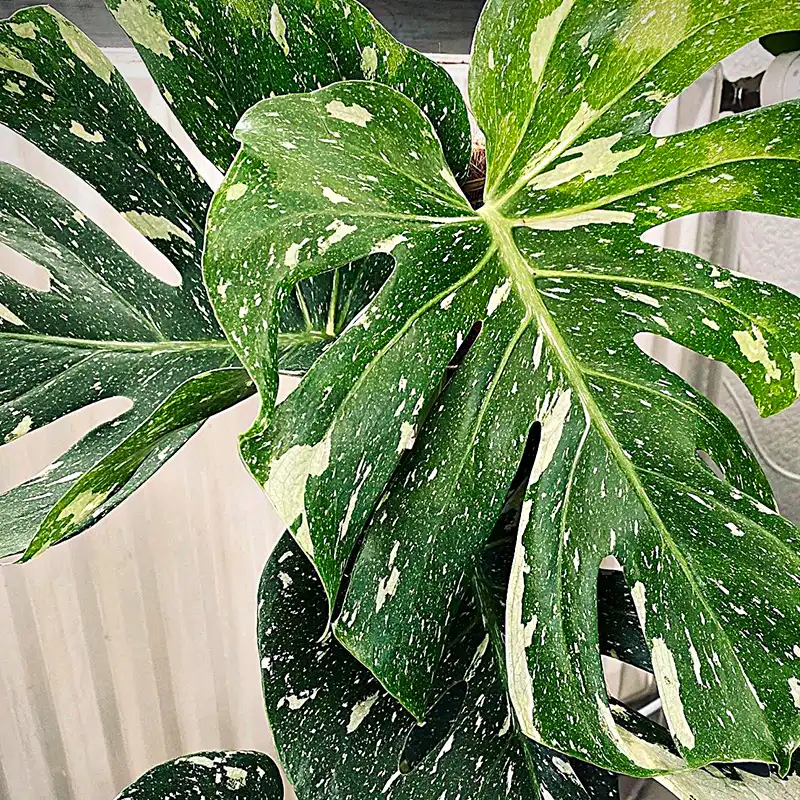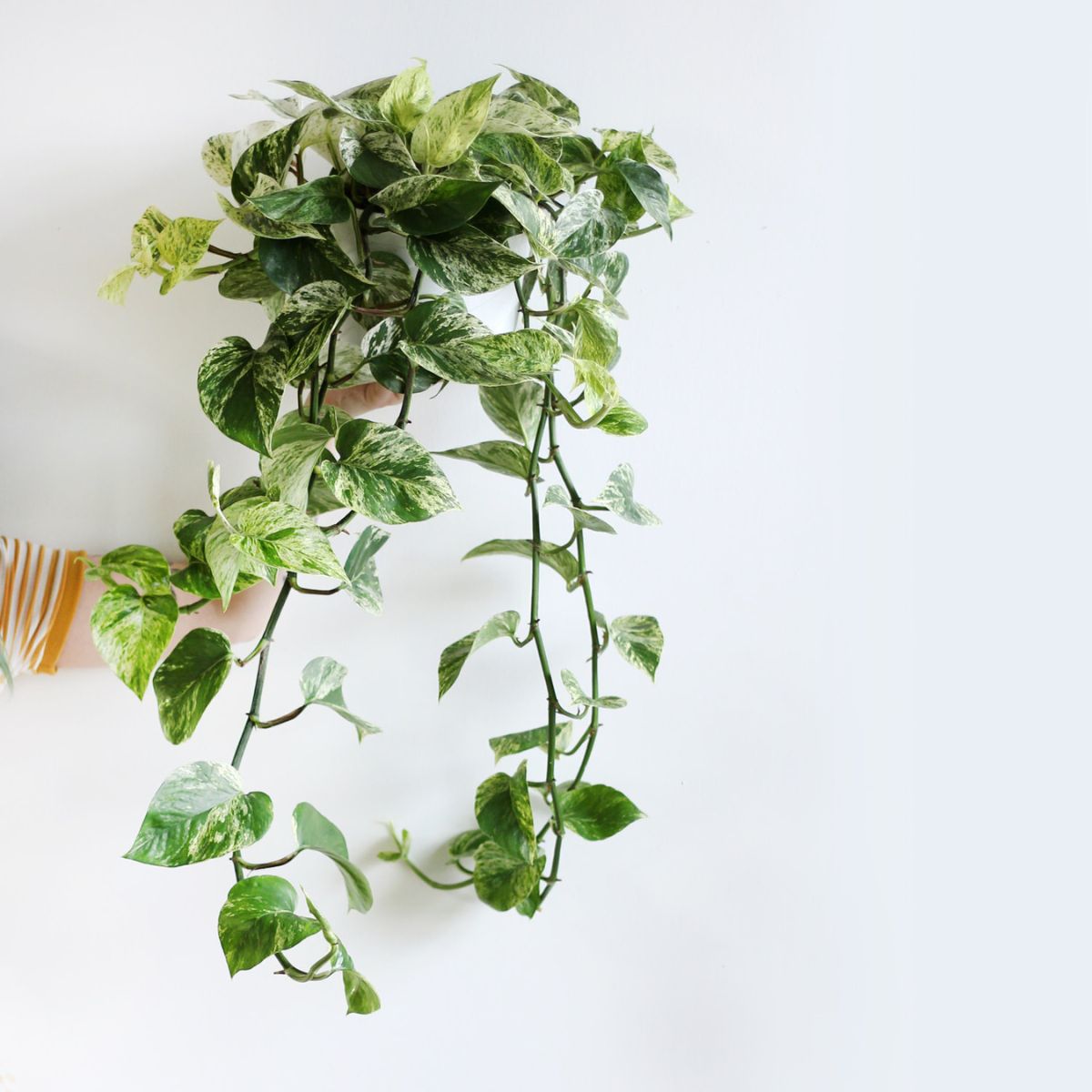With the beautiful spots on the leaves, this is a breathtaking appearance!
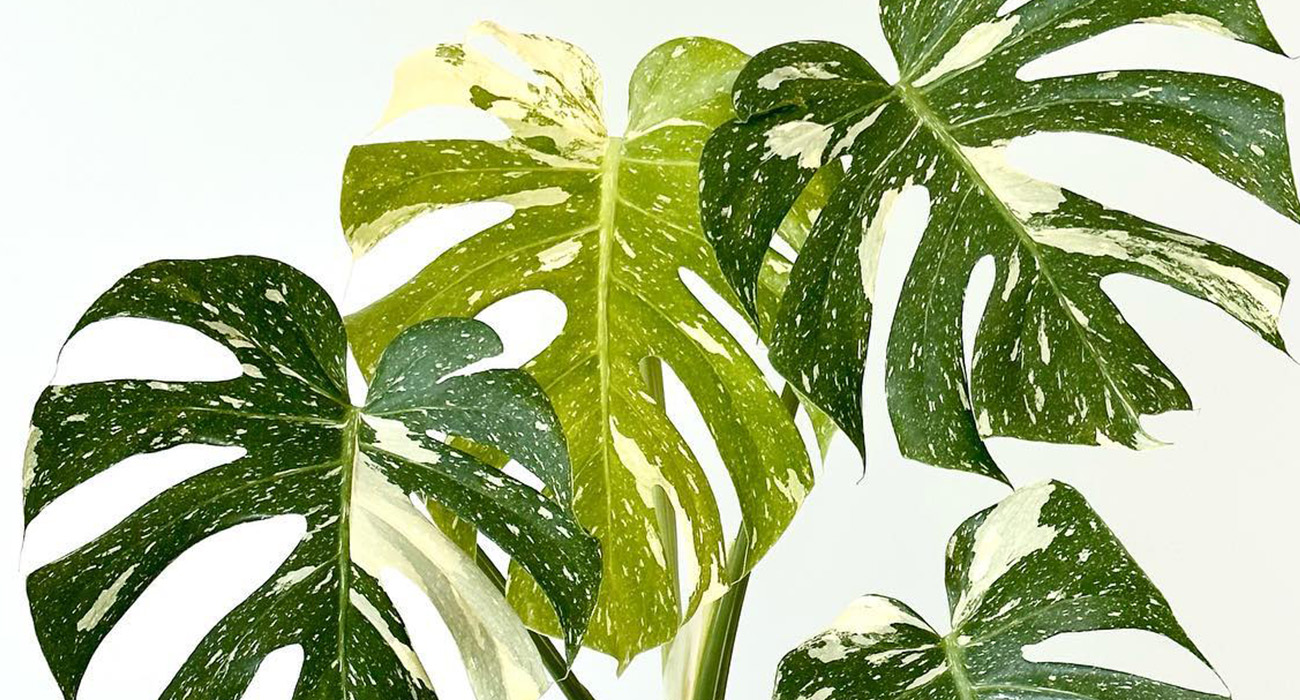
Monstera Deliciosa Thai Constellation
Monstera Thai Constellation is a rare houseplant that is relatively easy to care for. With the beautiful spots on the leaves, this is a breathtaking appearance! This monstera gets its name from the marbled and speckled patterns of its creamy white and green variegation that resemble a constellation.
Tropical Flair of Thai Constellation
Just like the common monstera deliciosa, the leaves of the Thai constellation develop large fenestrations as they mature, adding a tropical flair to any space.
Care Tips for Your Monstera Deliciosa Thai Constellation
- Plant in a loose, rich, and well-draining potting medium designed for aroids. As an aroid, this plant requires a soil mix that is loose, rich in organic materials, and well-draining. A pre-made soil mix designed for aroids is a good option, or you can easily make your own at home by combining equal parts perlite, orchid bark or coco coir, and indoor potting soil.
- This Monstera does best in warm temperatures and average to slightly humid conditions. For the most part, standard household temperature and humidity levels are fine for this plant, just be sure to keep it in temperatures between 20 to 30 degrees Celsius (68 to 86 degrees Fahrenheit) and avoid overly dry locations such as above an air vent or beside a drafty window.
If you have a greenhouse cabinet in your home, this plant is an excellent choice for your cabinet, especially when it’s small and becoming established. Most growers report that by the time their plant has developed fenestrations, it can happily live outside their greenhouse cabinet with no issues. If you don’t have a greenhouse cabinet at home, don’t worry. If you think your plant needs a touch of extra humidity to help it along, a small humidifier placed next to the plant is a great option. You can also opt to keep it in a naturally humid room of the home such as a bathroom, laundry room, or kitchen.
- Provide the plant with several hours of bright, indirect light each day. Just like the common monstera deliciosa, the Thai constellation enjoys several hours of bright, indirect light every day. Choose a location within a couple of feet of a bright east-facing window, or use sheer curtains or window film to soften the light coming from south- or west-facing windows.
Avoid direct sunlight which will scorch the plant’s variegated leaves, and avoid low light conditions which may cause the plant’s variegation to revert. These plants also do well under grow lights, just be sure to position them correctly so the leaves don’t burn.
- Water once the top three-quarters of the soil is dry, and be extremely cautious of overwatering. Watering your Thai constellation monstera properly is one of the most important parts of its care. This plant is considered less drought tolerant than the common monstera deliciosa, but it is also more susceptible to root rot if it is overwatered so finding the right balance is important.
The key is to let the soil dry out a bit, and then water thoroughly, allowing excess water to drain from the pot’s drainage holes. The frequency of watering will depend on the amount of light your plant is getting and the temperature and humidity of the space, so the best way to gauge if it is time for watering is based on soil moisture. A moisture meter can be a helpful tool if you are unsure of whether your plant has dried out completely.
- Fertilize once a month during the spring and summer with a balanced houseplant fertilizer. This plant appreciates regular fertilization during the spring and summer. Apply a balanced liquid houseplant fertilizer once a month during watering to support strong and healthy growth. Stop fertilizing entirely once temperatures begin to drop for the fall and winter months.














































































































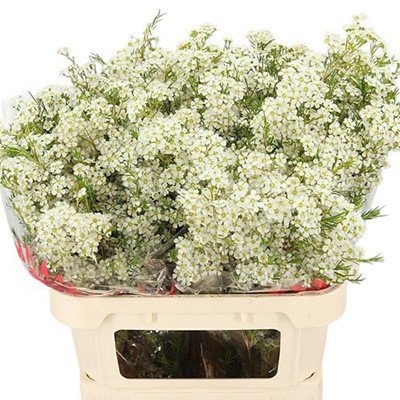




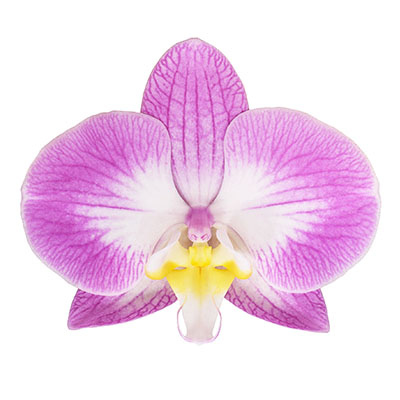
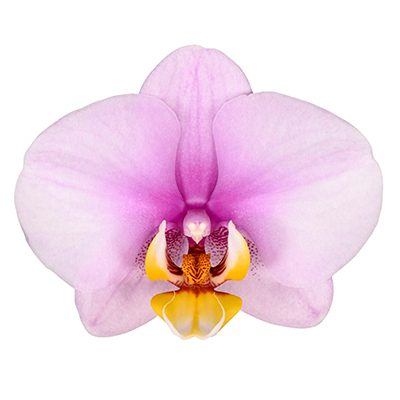
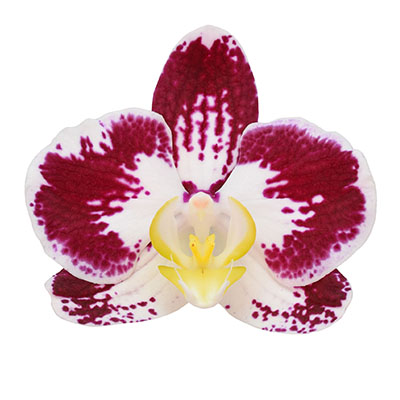
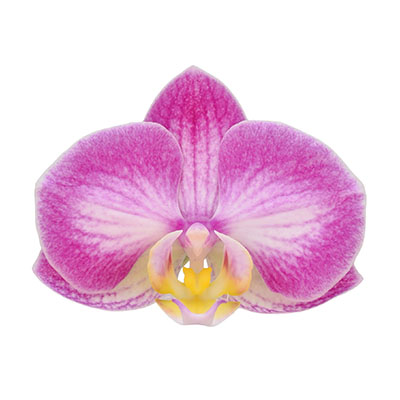
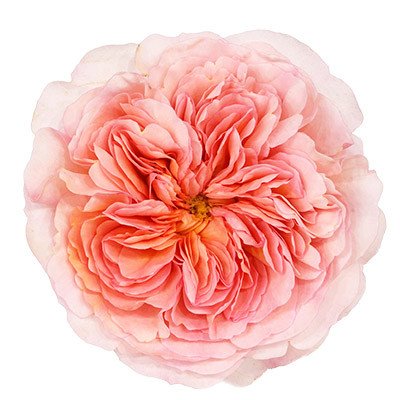

.jpg)
